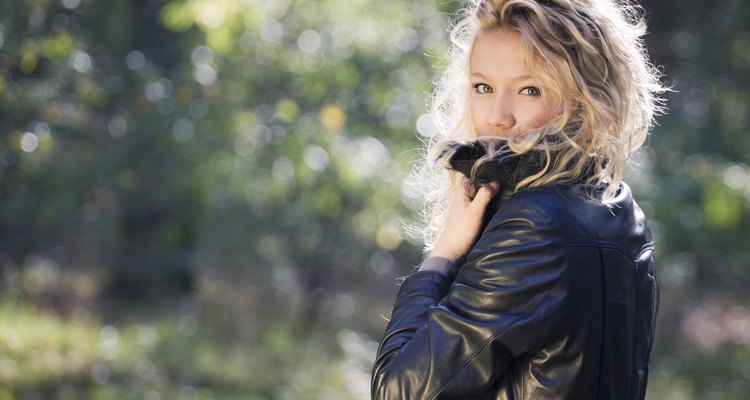
Anna Gontarek-Janicka/iStock/Getty Images
Cowhide is one of the most durable types of leather, good for riding the range, wearing as a coat that will take a beating and for motorcycle gear like boots and shoes. Lambskin is soft, supple and nowhere near as rugged as cowhide and is usually relegated to fashion apparel like jackets and pants that don't have to withstand the rugged outdoors.
Making Leather: Skinning

Eric Gevaert/iStock/Getty Images
Before you can start making leather the recognizable product we buy as coats, shirts, shoes and saddles, the hide of the animal must be skinned. That is, the skin must be removed from the fats and tissue on the inside and hair on the outside. It's pretty much the same for cowhide, horsehide, moose hide, squirrel hide or any other animal with skin. The archaic old process involves distasteful products like horse dung and urine to loosen the hair and scraping the fat and meat stuck to the skin. The modern process mostly uses chemical processes to achieve the same ends, which are to produce a hairless, fatless and spongy piece of leather. Lambskin is treated less harshly than cowhide and requires more hand manipulation because of its more delicate structure.
Tanning
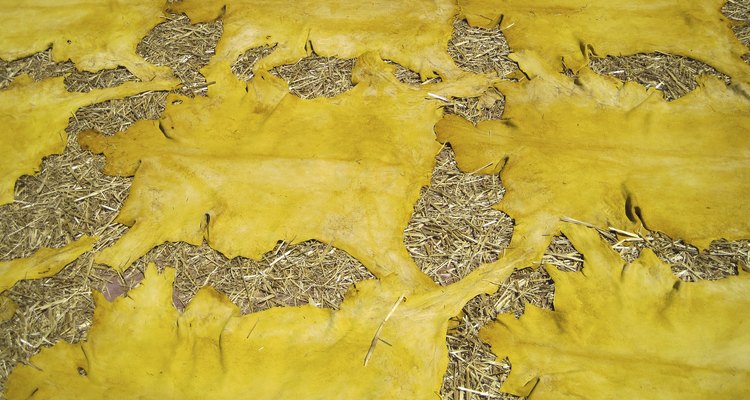
ChristopheLedent/iStock/Getty Images
The leather is now ready to be tanned, used a chemical called tannin.
Tannin eliminates the sponginess from the leather, allowing the collagen in the skin to relax and be flattened so that it can be crafted into workable pieces of leather fabric to make everything from shoes to coats.The tanning process breaks down the glycerin in the skin and loosens skin fibers. Tanning is when the flattening actually occurs and, again, because of the delicacy of lambskin, greater care must be given to prevent damage to the leather. The more damage to lambskin, the greater the waste and the more expensive it becomes.
Conditioning
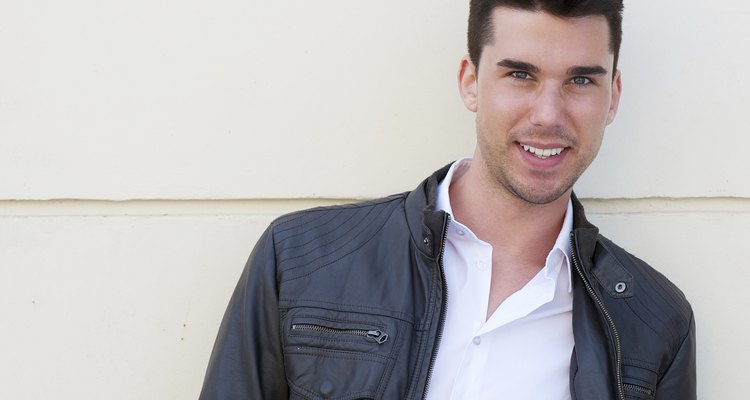
m-imagephotography/iStock/Getty Images
Since leather, either lamb or cowhide, isn't inexpensive, care should be taken to preserve it for as long as possible. This is where conditioning the garment with fats and oils will help lubricate the leather and prevent it from hardening and cracking. Conditioners with with petroleum or mineral oils are not desirable because they will penetrate the leather pores and fibers. The more often the garment is worn and exposed to the elements (leather does not do well in wet weather), the more often it should be conditioned. Lexol is a good conditioner to keep both lambskin and cowhide flexible and preserve the sheen of both.
Storage
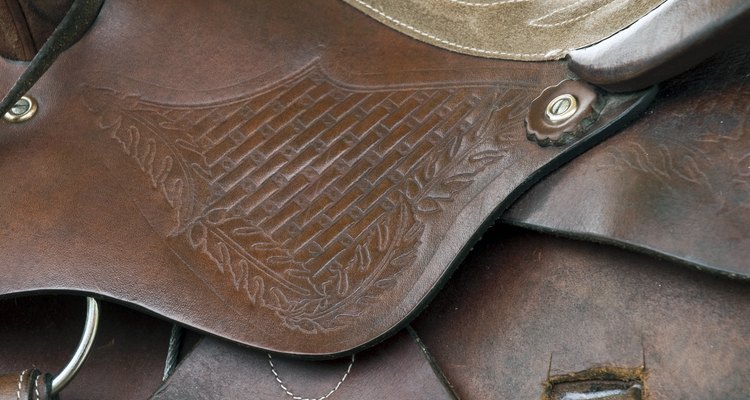
jomako/iStock/Getty Images
If you're a rough-riding cowboy, conditioning a leather jacket or saddle is still important, but scuff marks and aging only add to its "distinctive" quality. Lambskin, on the other hand, is a much more gentle fabric, easily snagged or torn, and can be imprinted permanently with lines of a wire coat hanger. Leather is properly stored in cool, dry places and never in a plastic bag. To be on the safe side, dry-cleaning lambskin clothing is highly recommended.
Cost
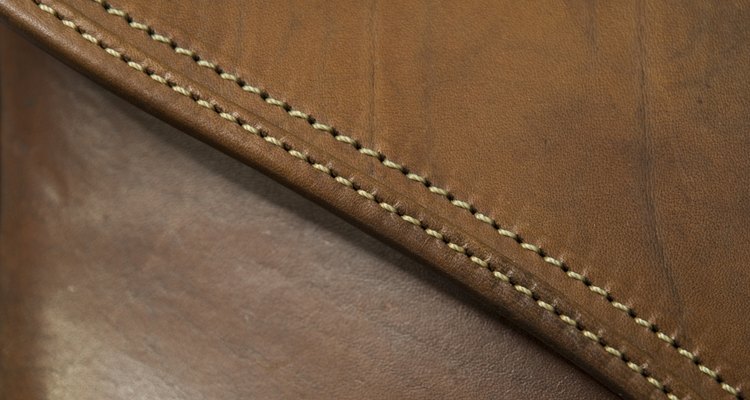
00cento/iStock/Getty Images
Lambskin is soft, supple and silky and because it is considered more of a luxury item, making it more expensive than cowhide. It also requires greater care to maintain and lacks the durability of cowhide. Because of these and other considerations, it is usually reserved for premium leather products.
Related Articles
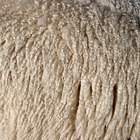
Difference Between Sheepskin & Shearling
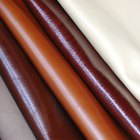
About Deerskin Leather

Sheepskin Vs. Deerskin
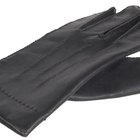
Characteristics of Lambskin Leather
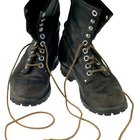
How to Harden Leather Boots

How to Identify Calfskin Leather

How to Make a Wool Jacket Look New Again

Cordura Vs. Leather

Difference Between Suede & Microfiber
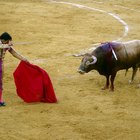
10 Facts About Clothing in Spain

How Does Suede React to Water?

How to Beeswax Leather

How to Care for Caiman Boots

Naked Leather Vs. Cowhide

Fabrics That Haute Couture Designers Use

How to Make Leather Pants Not Squeak ...
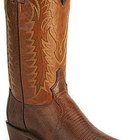
How to Clean Lizard Skin Boots

What Is a Good Way to Break In Danner ...

How to Care for Moleskin Fabric & Suede ...

How to Clean Airwalk Ugg-Style Boots
References
Writer Bio
Chuck Ayers began writing professionally in 1982, breathing life into obituaries, becoming a political and investigative reporter at a major East Coast metropolitan newspaper. He now freelances and is a California communications and political consultant. He graduated from American University, Washington, D.C., with degrees in political science and economics.
Photo Credits
Anna Gontarek-Janicka/iStock/Getty Images